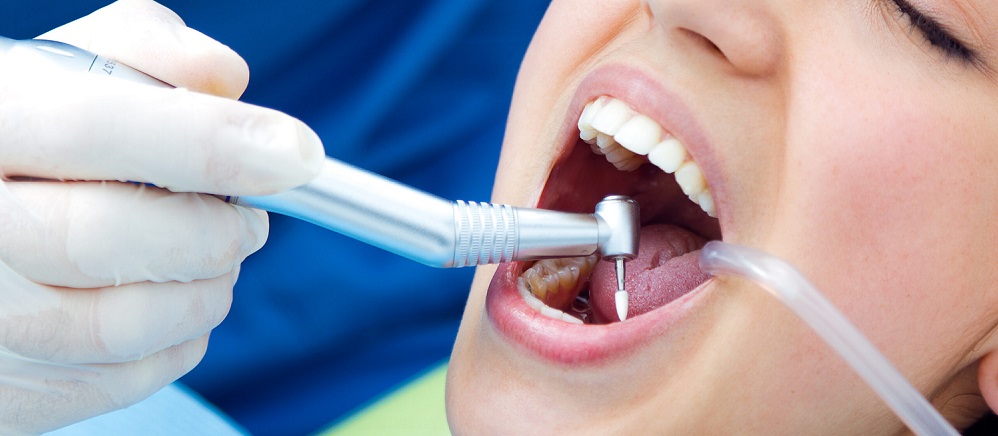Achieving a brighter smile through teeth whitening has become increasingly popular, driven by both cosmetic desires and advancements in dental technology. The science behind teeth whitening revolves primarily around two methods: bleaching and non-bleaching techniques. Both approaches aim to remove stains and discoloration, restoring teeth to a lighter shade and enhancing their appearance. Bleaching, the most common method, involves the use of hydrogen peroxide or carbamide peroxide. These chemicals penetrate the enamel outer layer and dentin inner layer of the teeth, breaking down stains into smaller molecules, which makes the teeth appear whiter. This process can be done either in-office or at home with over-the-counter products, although professional supervision ensures safety and effectiveness. In-office bleaching procedures typically use a higher concentration of bleaching agents and are administered by dental professionals. This allows for faster results, often within a single appointment. Dentists may also use heat, light, or a combination of both to enhance the bleaching process, ensuring thorough stain removal and minimal tooth sensitivity.

For at-home bleaching, custom-fit trays filled with a bleaching gel prescribed by a dentist are used. The trays keep the gel in close contact with the teeth while minimizing contact with gums, reducing the risk of irritation. At-home treatments generally take longer to achieve desired results compared to in-office procedures but offer convenience and affordability. Non-bleaching methods focus on removing surface stains through physical or chemical actions without altering the natural color of the teeth. Abrasive toothpaste formulations or professional dental cleanings fall under this category. These methods work by scrubbing away extrinsic stains caused by coffee, tea, or tobacco, revealing brighter enamel surface underneath. Whitening toothpaste often contains mild abrasives or polishing agents that help remove surface stains effectively over time with regular use. However, they do not change the natural color of teeth or address deeper intrinsic stains. Regardless of the method chosen, teeth whitening are generally safe when performed under professional supervision or following product instructions carefully.
However, some individuals may experience temporary tooth sensitivity or gum irritation, especially with higher concentrations of bleaching agents. Dentists can provide recommendations to mitigate these effects, such as using desensitizing toothpaste or adjusting treatment duration. It is important to note that not everyone achieves the same level of whitening due to variations in enamel thickness and intrinsic tooth color. Additionally, certain dental conditions or existing dental work like crowns or fillings may not respond to whitening treatments in the same way as natural teeth. Long-term maintenance plays a crucial role in sustaining results post-treatment and get more info in this website https://www.dentistredmond.com/redmond/. Avoiding foods and beverages known to stain teeth, such as coffee, red wine, and berries, can help preserve a brighter smile. Regular brushing, flossing, and dental check-ups also contribute to oral health and the longevity of whitening effects. In conclusion, teeth whitening offer a safe and effective way to enhance one’s smile, whether through bleaching methods that penetrates tooth layers or non-bleaching methods that target surface stains. Consulting with a dentist can help determine the most suitable approach based on individual oral health needs and desired outcomes, ensuring a brighter and confident smile for years to come.